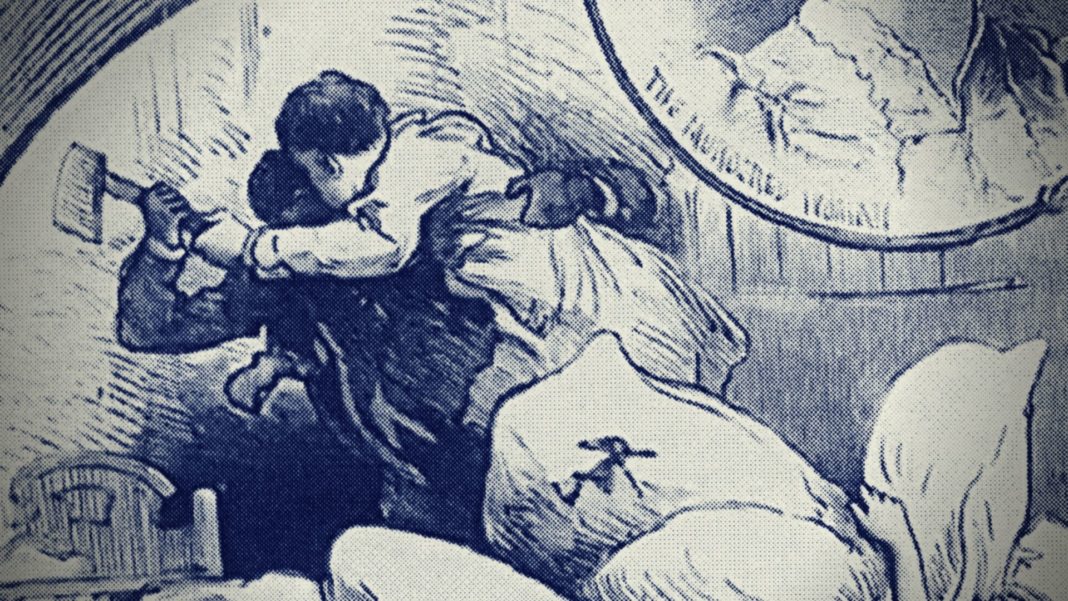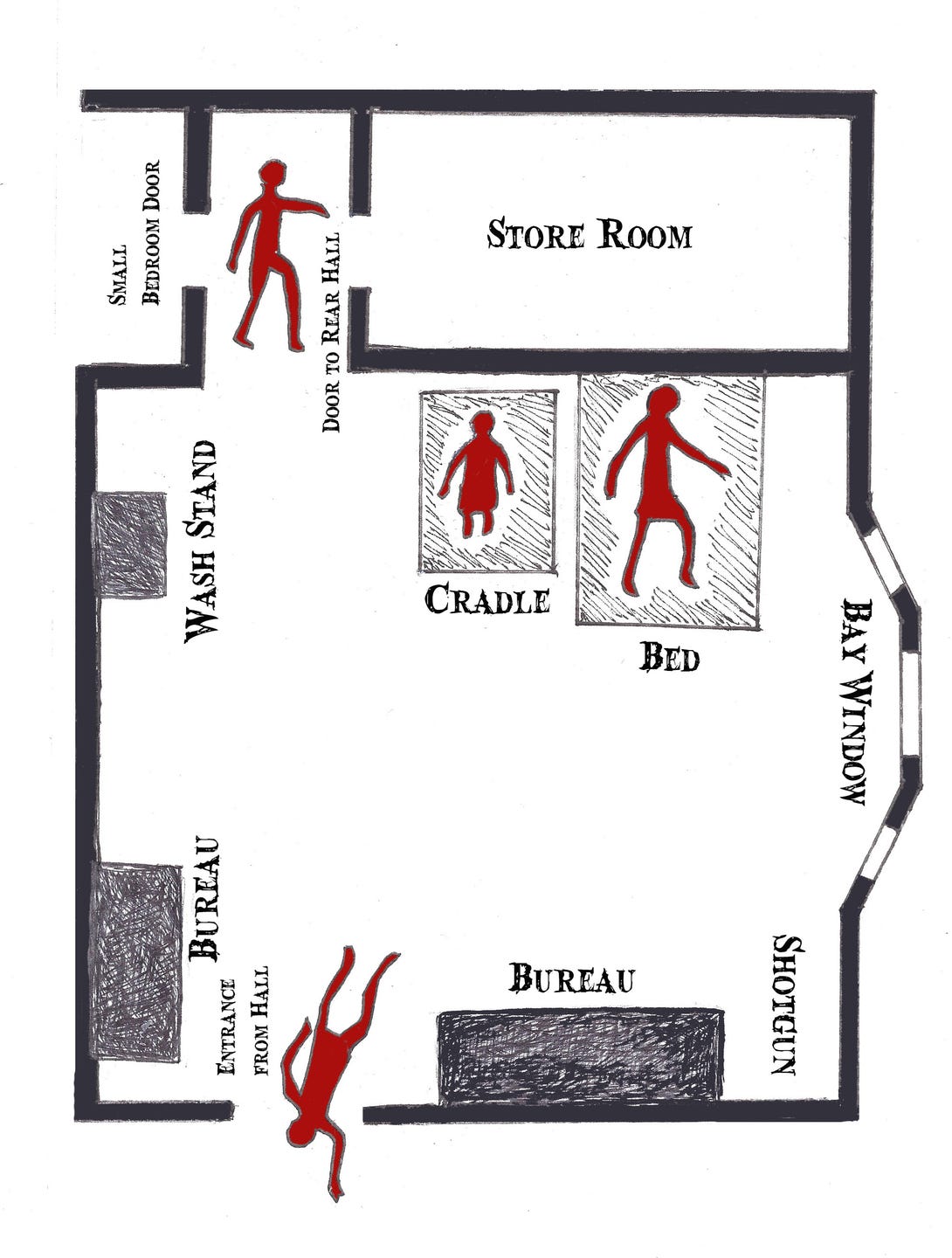
We’re obsessed with True Crime and crime scene analysis to understand the grisly underbelly of what people are capable of — and it’s not a new phenomenon. Just look at how a grisly crime and the ensuing racially-charged turmoil turned the people of Franklin Park, New Jersey and beyond into morbid voyeurs in 1894.
Judging by recent television alone, forensic investigation at crime scenes and crime scene analysis has never been a hotter topic. Shows like CSI, NCIS, and Law and Order (as well as vanguards like Matlock before them) all explore the process of collecting and handling evidence in fascinating, if fictional, ways.
But what about real-life cases, the cases from which those TV dramas claim their inspiration? How did the science of forensics develop, and what are some of its key moments in American history? In his book The Franklin Park Tragedy: A Forgotten Story of Racial Injustice in New Jersey, author Brian Armstrong uncovers a surprising tale of how evidence became sensationalized.
As Armstrong details, the Franklin Park Tragedy compromised a quadruple murder case in Franklin Park, NJ, a small township located between Princeton and New Brunswick. One night in March 1894, two men entered the home of Moore Baker, a young farmer, and proceed to assault Baker, his wife, and his infant daughter with axes, killing the latter two in gruesome fashion before Moore Baker was able to defend himself, retrieve his shotgun, and ultimately kill the two attackers.
Why Willard Thompson and Henry Pierson, two African-American farmhands well-known in the area, attacked this family remains a cause of debate, and as Armstrong details, the grief and anguish among both the predominantly white farmers and the African-American community resulted in severe racial tensions of the sort that would have been sooner expected in the Jim Crow South.

Memento Mori or Grand Larson?
What was perhaps not expected, however, was how quickly the crime scene became a site of morbid fascination among locals and visitors from miles away. Armstrong notes that within hours of the murder, with Moore Baker still in shock over the loss of his family, residents of the area swarmed his farm to see the sordid scene and, amazingly, take pieces of it home.
“Visitors continued to roam around the house to see the room with the blood of the victims and killers mixed on the walls and floor along with all the furniture and personal items,” Armstrong writes.
He continues: “The New York Times reported that ‘the axe, the gun, the broken pitcher, the pool and splashes of blood were examined and discussed for hours.’ Relics of all kinds were carried away, even the ‘blood saturated strips of carpet.’”
Chamber of Horrors
Later, word having spread to New York, the famed Eden Musée sent a representative to purchase many of those items from Baker to create a wax display of the murder in its ‘Chamber of Horrors.’ With his wife and daughter’s blood barely having dried on the walls, Baker reluctantly sold nearly every relic of the tragedy for a commanding sum of $500 (many thousands of dollars today). He refused, however, to sell any of the bedding or clothing involved in the murder, drawing a personal line at his family’s personal effects.
While it is not known how much the museum charged its visitors, these artifacts remained on display for two decades until the museum closed in 1915, and ultimately, until its storehouse burnt down in 1928. Similarly, the Baker farm continued to become a tourist destination, until it too burned down years later.
Armstrong notes that no one at the time seriously doubted Baker’s version of the events—the grisly scene that the local medical personnel and law enforcement found in many ways spoke for itself—but it is still remarkable to see how quickly any evidence that could have helped to establish motive, determine facts, or simply detail the chain of events was compromised for cold, hard cash. Just the kind of thing that, were NCIS agents Timothy McGee or Abby Sciuto to encounter it, might cause yet another on-screen fatality as well!




